Optimal Seasons for Outdoor Turf Installation
Choosing the optimal time for outdoor field turf installations can impact the quality and longevity of the surface. The most suitable periods typically align with favorable weather conditions, ensuring proper curing and minimal disruption.
Spring offers moderate temperatures and longer daylight hours, ideal for installation and curing processes. It minimizes the risk of extreme weather delays.
Summer provides extended warm weather, but high temperatures can affect installation timing and curing. Proper planning is necessary to avoid heat-related issues.
Fall's cooler temperatures and stable weather conditions make it a favorable time for outdoor turf installation, with less risk of weather-related delays.
Winter is generally less suitable due to cold temperatures and potential for snow or ice, which can hinder installation and curing processes.
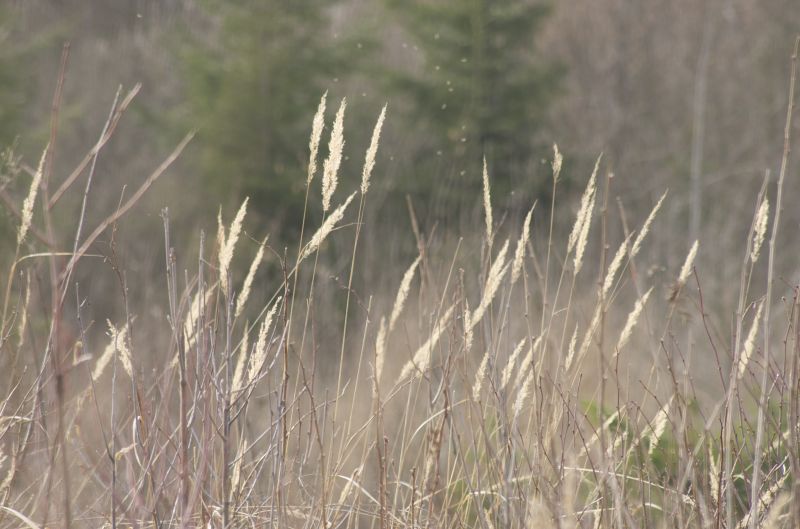
Spring installations benefit from moderate weather, reducing delays and ensuring optimal turf performance.
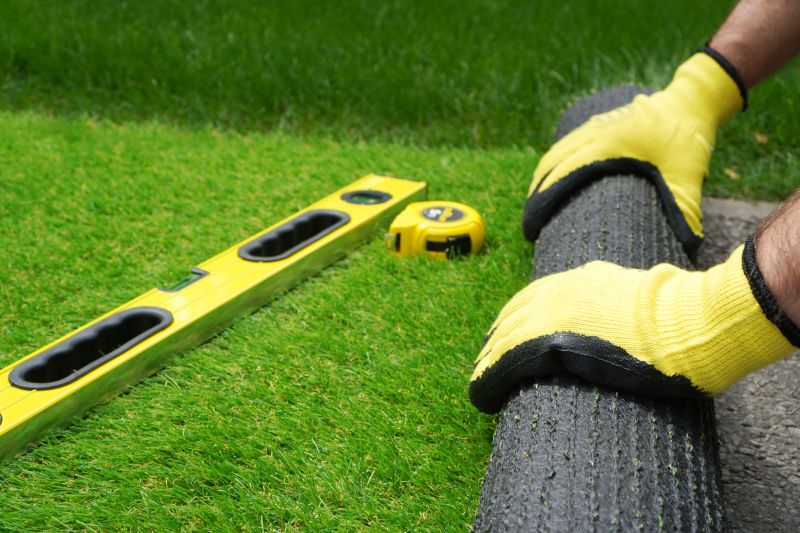
Summer installs require careful scheduling to avoid heat stress and ensure proper curing.

Fall offers ideal conditions with cooler temperatures and less precipitation.
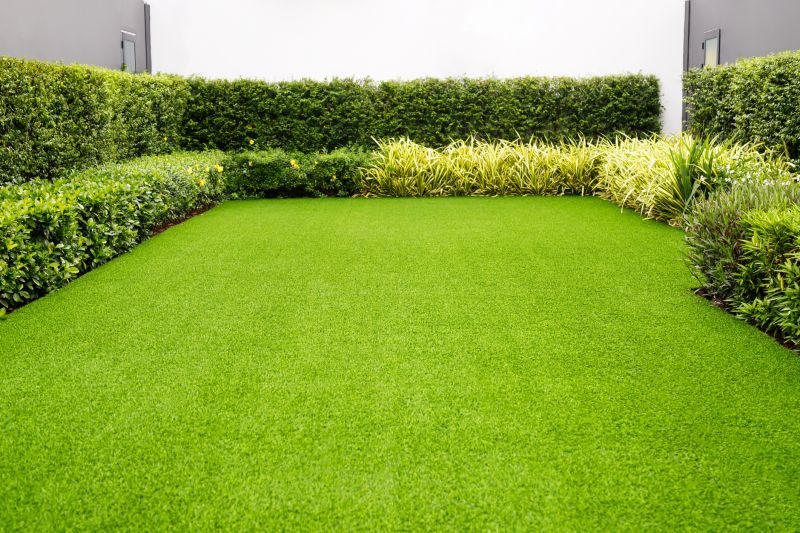
Ways to make Outdoor Field Turf Installations work in tight or awkward layouts.
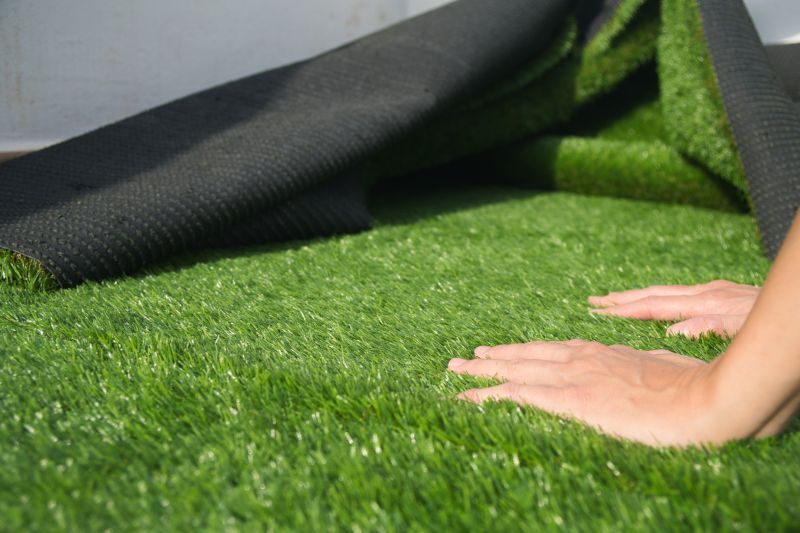
Popular materials for Outdoor Field Turf Installations and why they hold up over time.
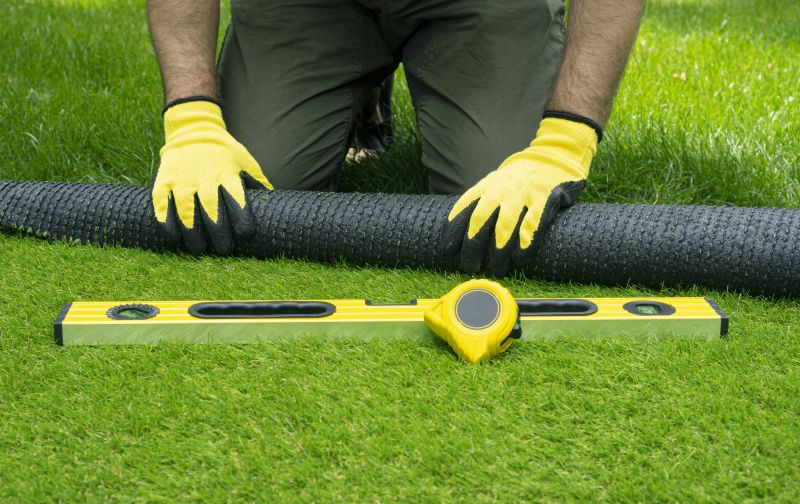
Simple add-ons that improve Outdoor Field Turf Installations without blowing the budget.
| Season | Optimal Conditions |
|---|---|
| Spring | Moderate temperatures, longer daylight, minimal weather disruptions |
| Summer | Extended warm weather, requires scheduling for heat |
| Fall | Cooler temperatures, stable weather |
| Winter | Cold temperatures, snow, and ice present challenges |
Outdoor field turf installations require careful planning to ensure the best results. Weather conditions significantly influence the installation process, affecting the turf's durability and performance. Proper timing helps prevent issues such as improper adhesion, uneven surfaces, or delays caused by adverse weather. Typically, installation during spring and fall offers the most reliable conditions, with moderate temperatures and less precipitation. Summer installations demand attention to heat management, while winter is generally unsuitable due to cold and moisture challenges.
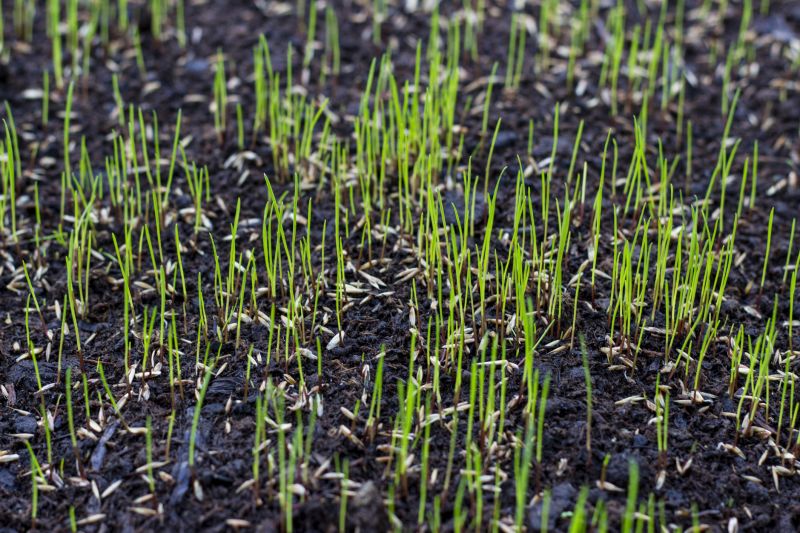
A well-timed spring installation ensures optimal turf performance and longevity.
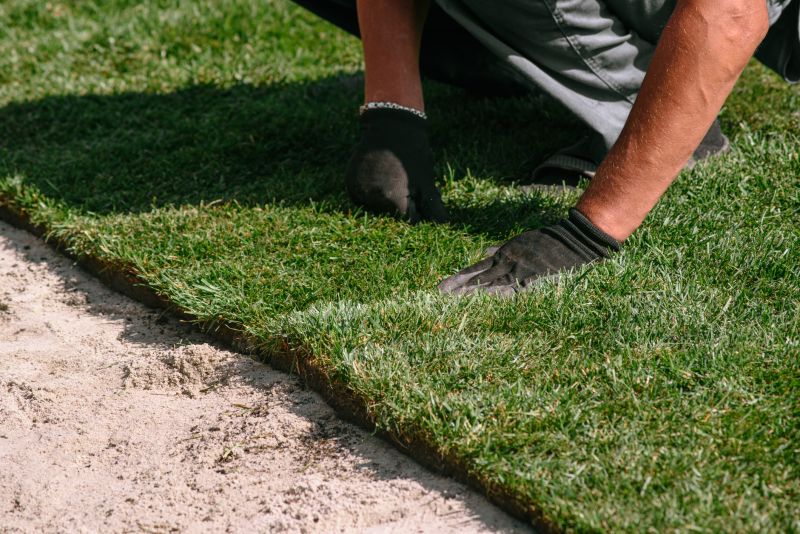
Preparing for summer installs involves scheduling to avoid heat stress.
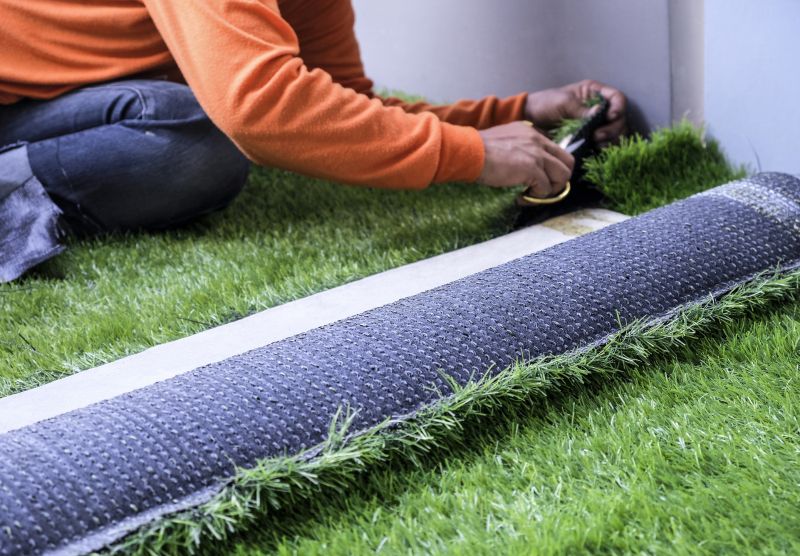
Fall conditions support efficient installation and curing.

Winter weather can cause delays and complications in turf installation.
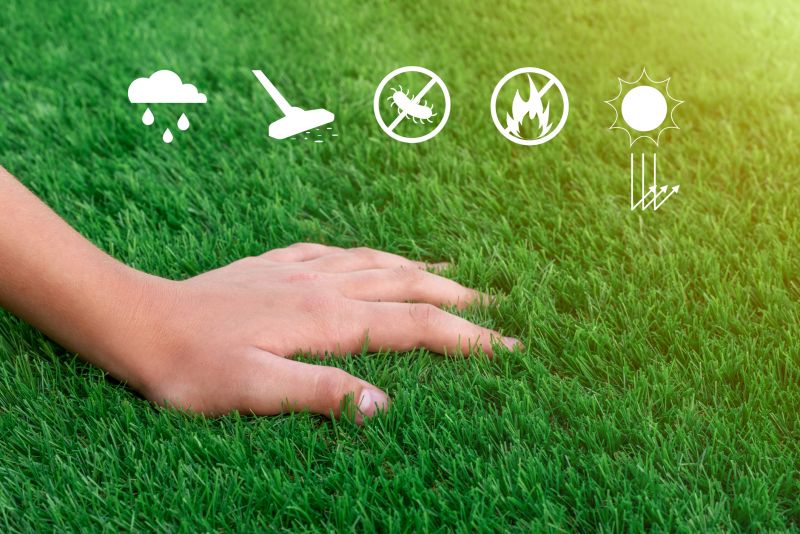
High-end options that actually feel worth it for Outdoor Field Turf Installations.
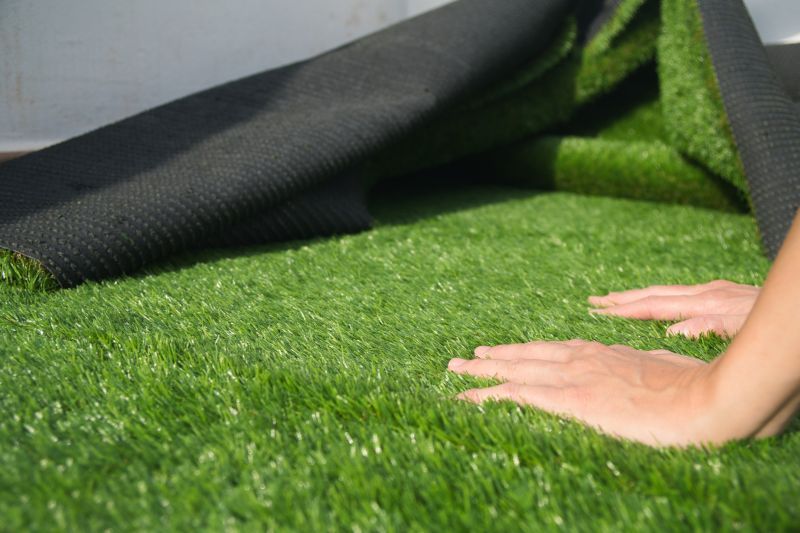
Finishes and colors that play nicely with Outdoor Field Turf Installations.
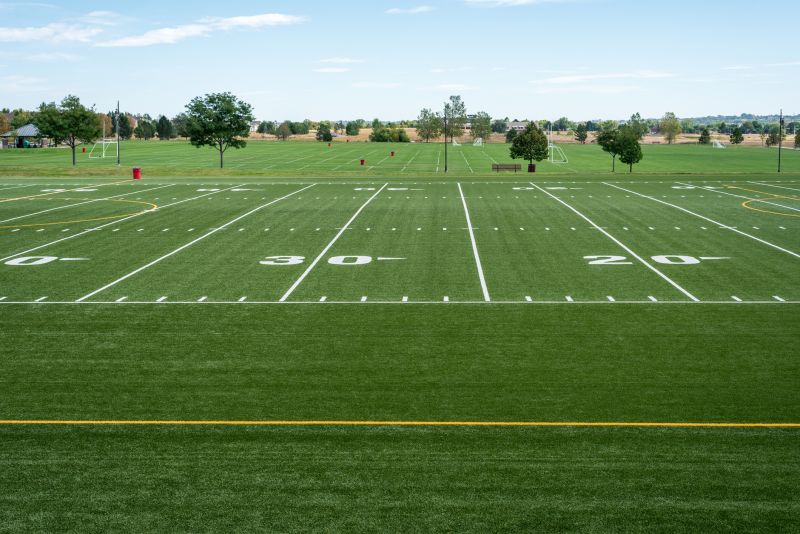
Little measurements that prevent headaches on Outdoor Field Turf Installations day.
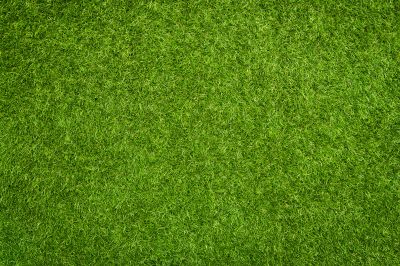
A 60-second routine that keeps Outdoor Field Turf Installations looking new.
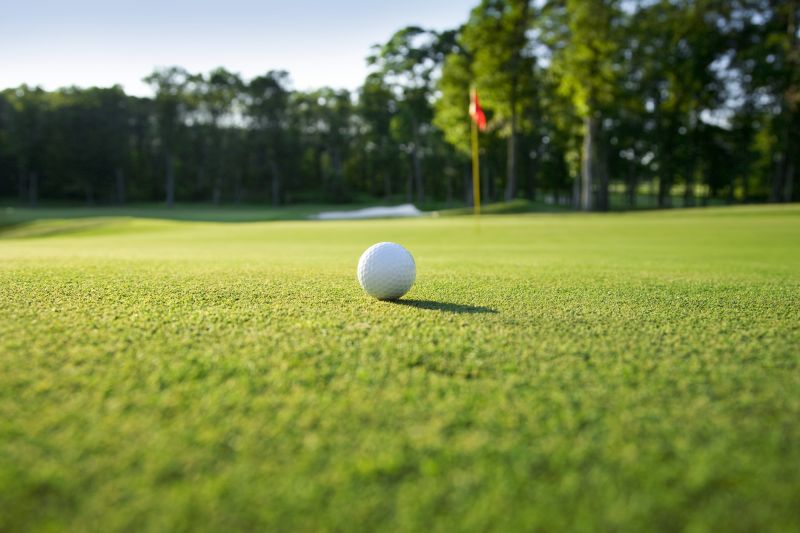
A frequent mistake in Outdoor Field Turf Installations and how to dodge it.
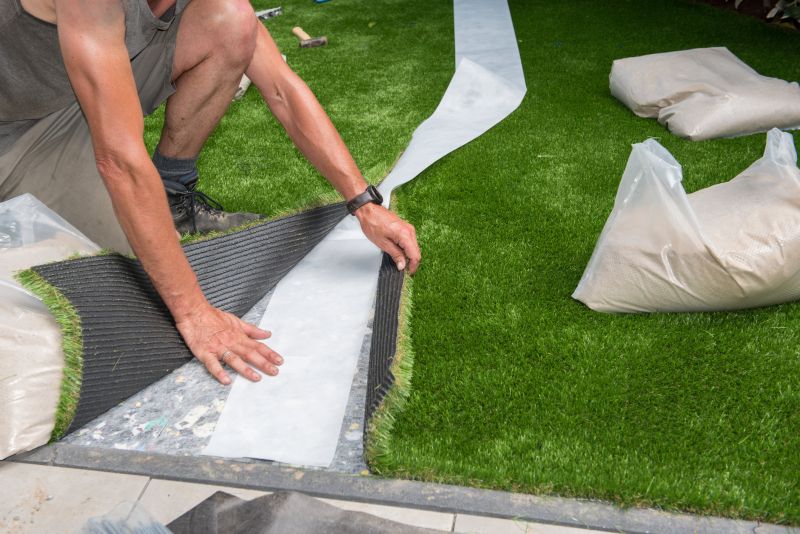
Small tweaks to make Outdoor Field Turf Installations safer and easier to use.

Lower-waste or water-saving choices for Outdoor Field Turf Installations.
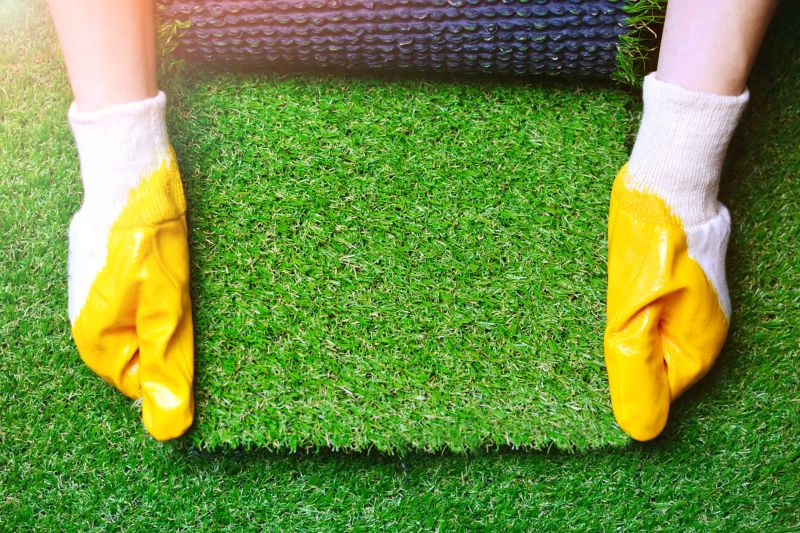
The short, realistic tool list for quality Outdoor Field Turf Installations.
For those interested in outdoor field turf installations, selecting the right season can enhance the durability and usability of the surface. Proper timing ensures the turf is installed under optimal conditions, reducing the risk of issues and extending its lifespan. If considering an installation, it is advisable to contact a professional to discuss the best timing based on local climate patterns and project requirements.



